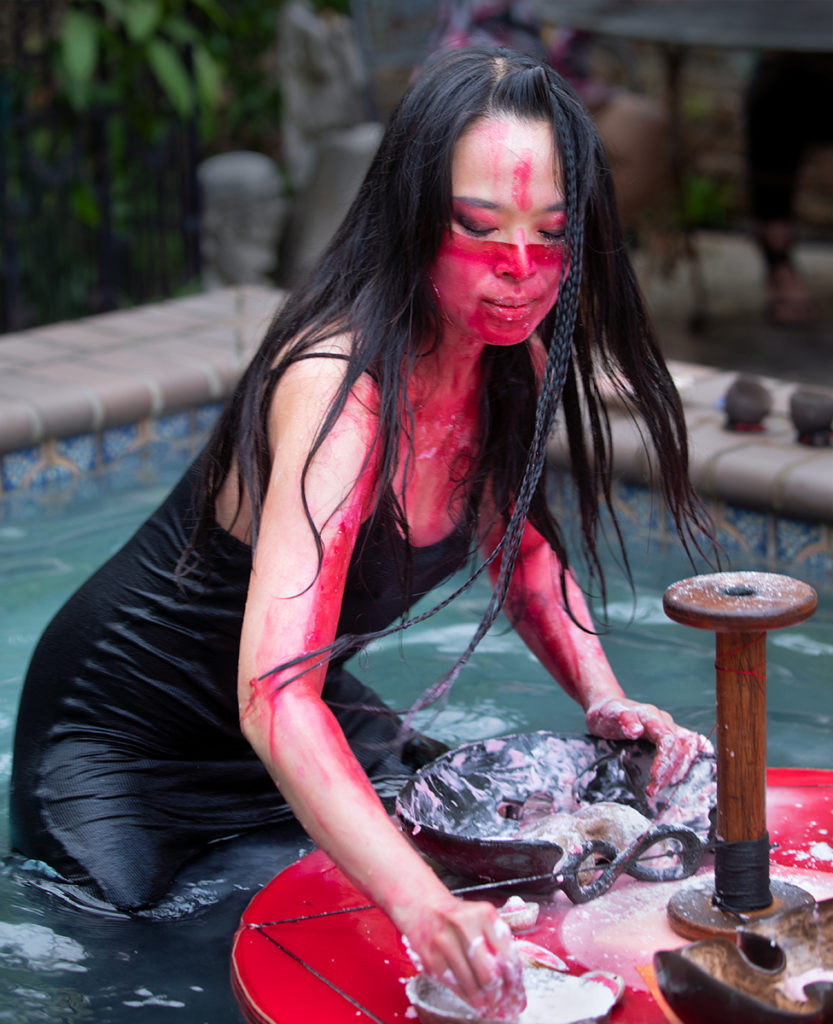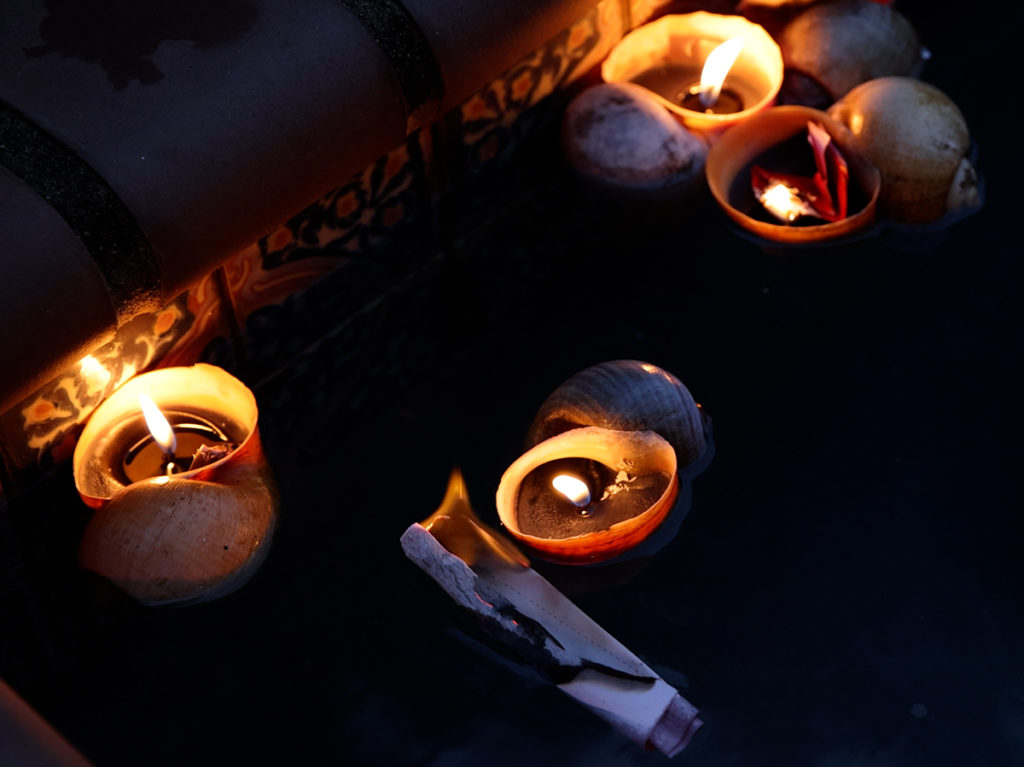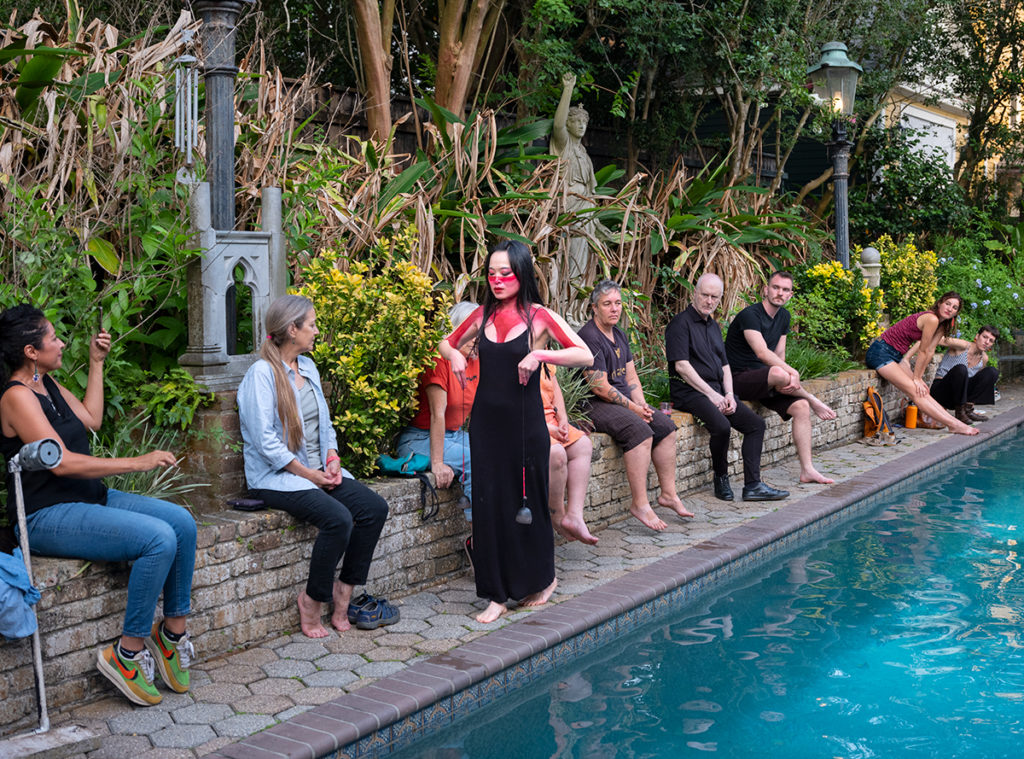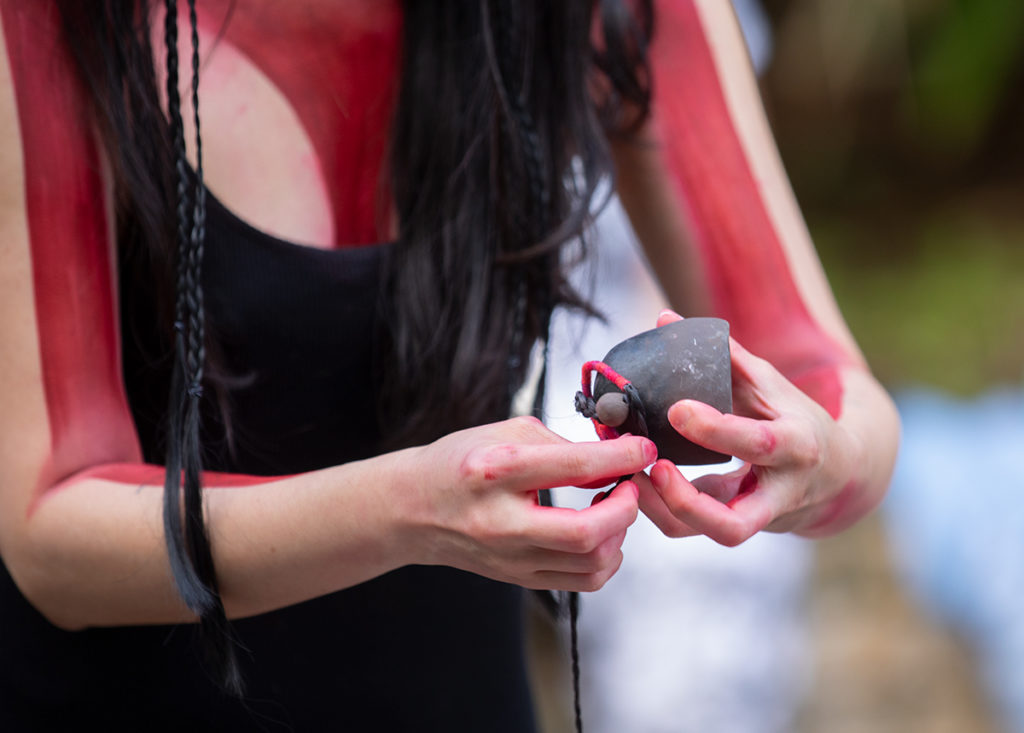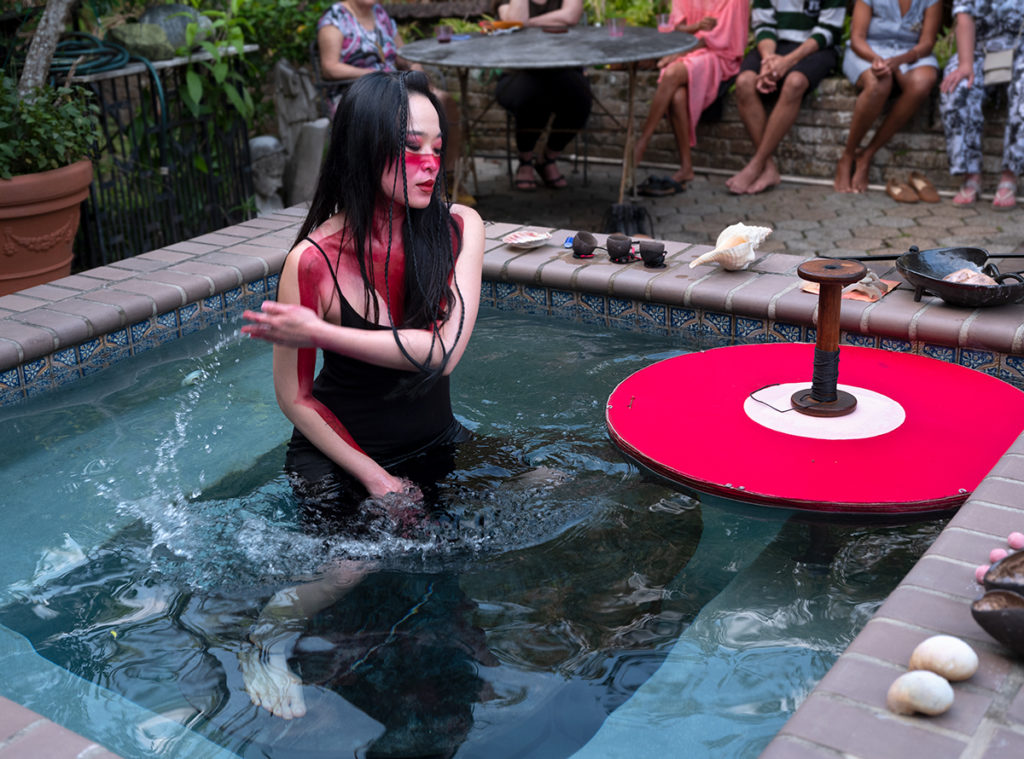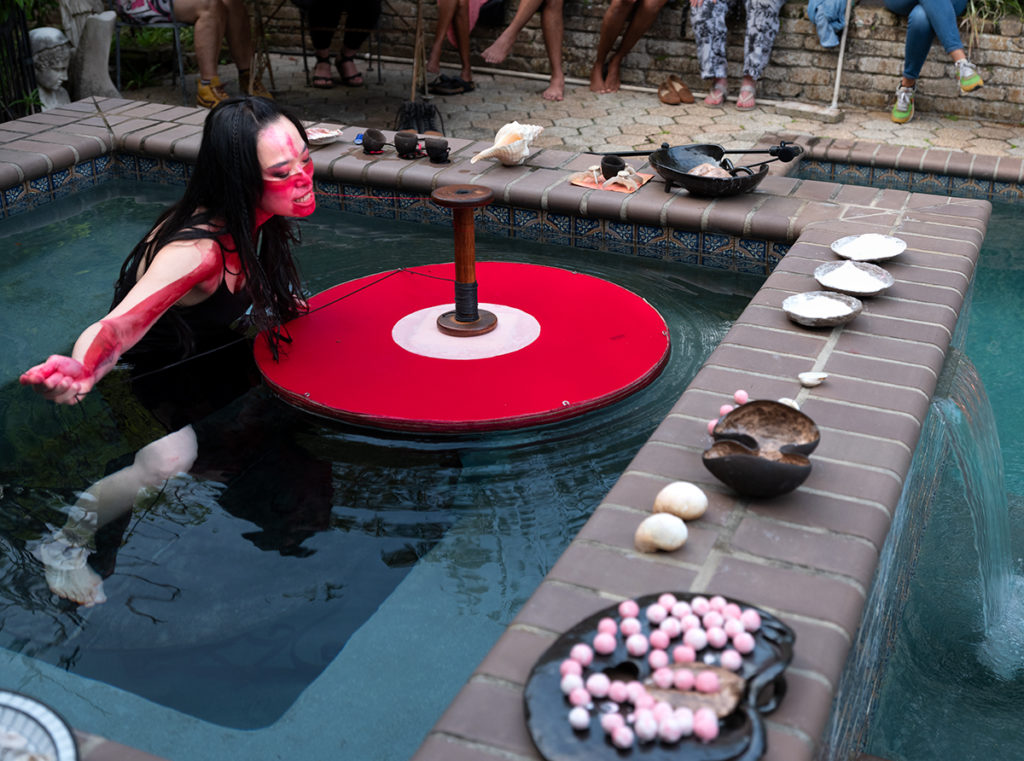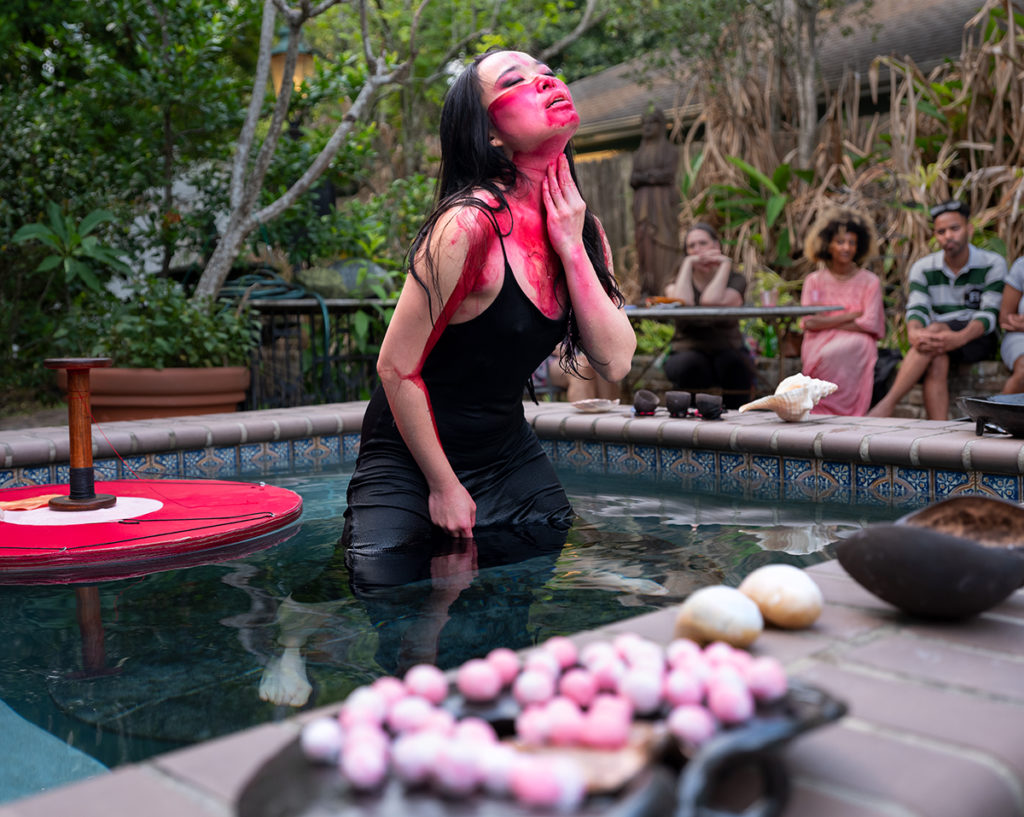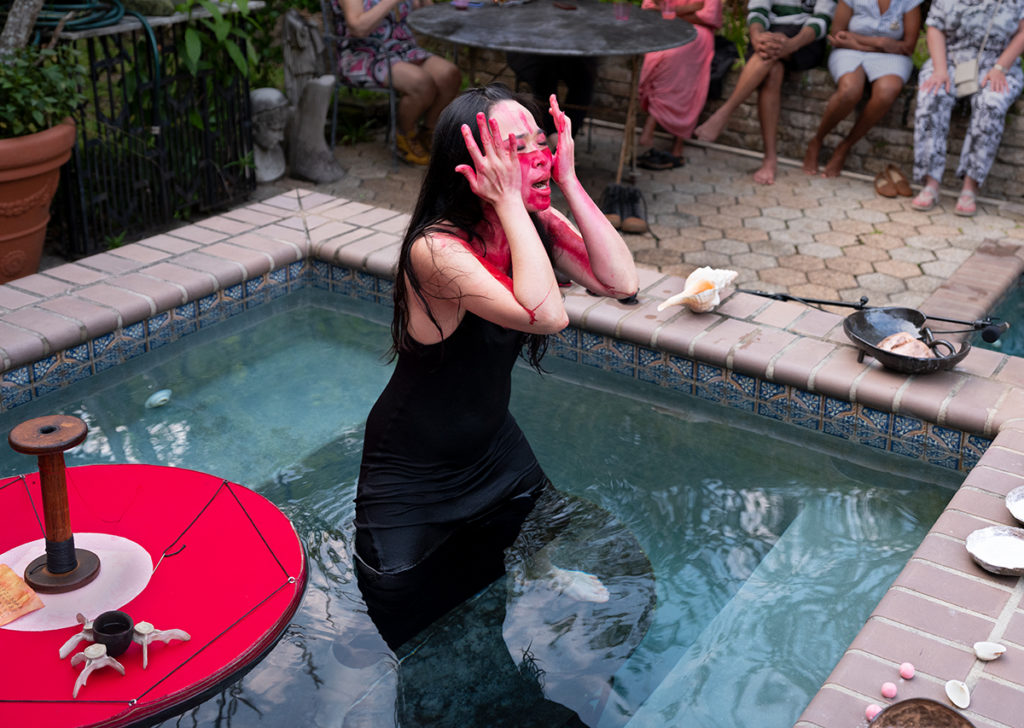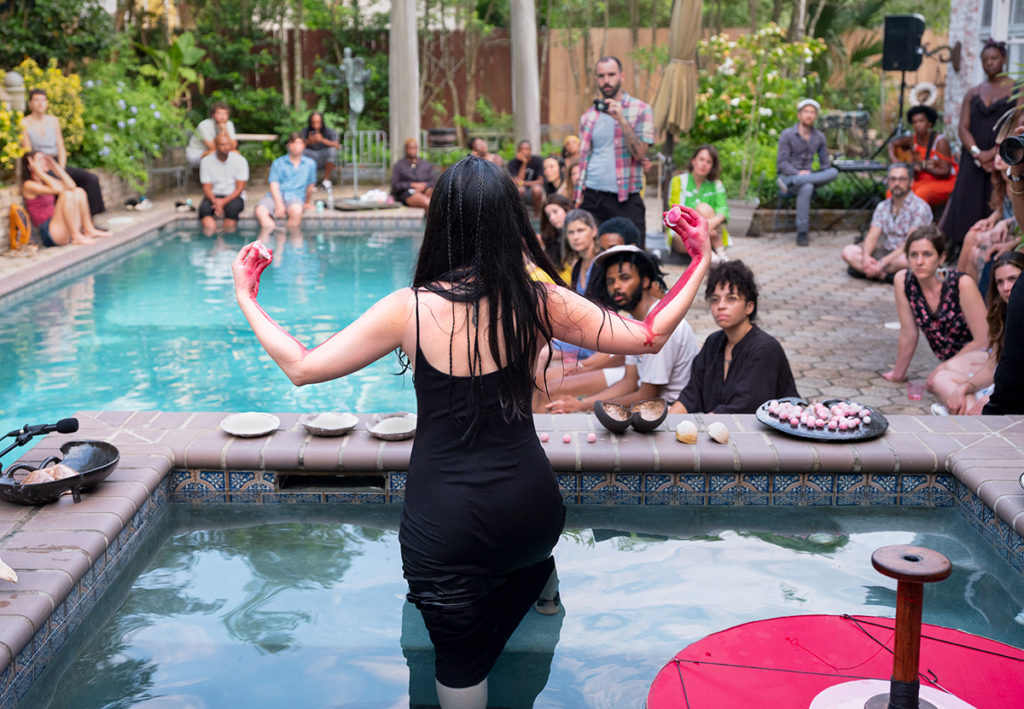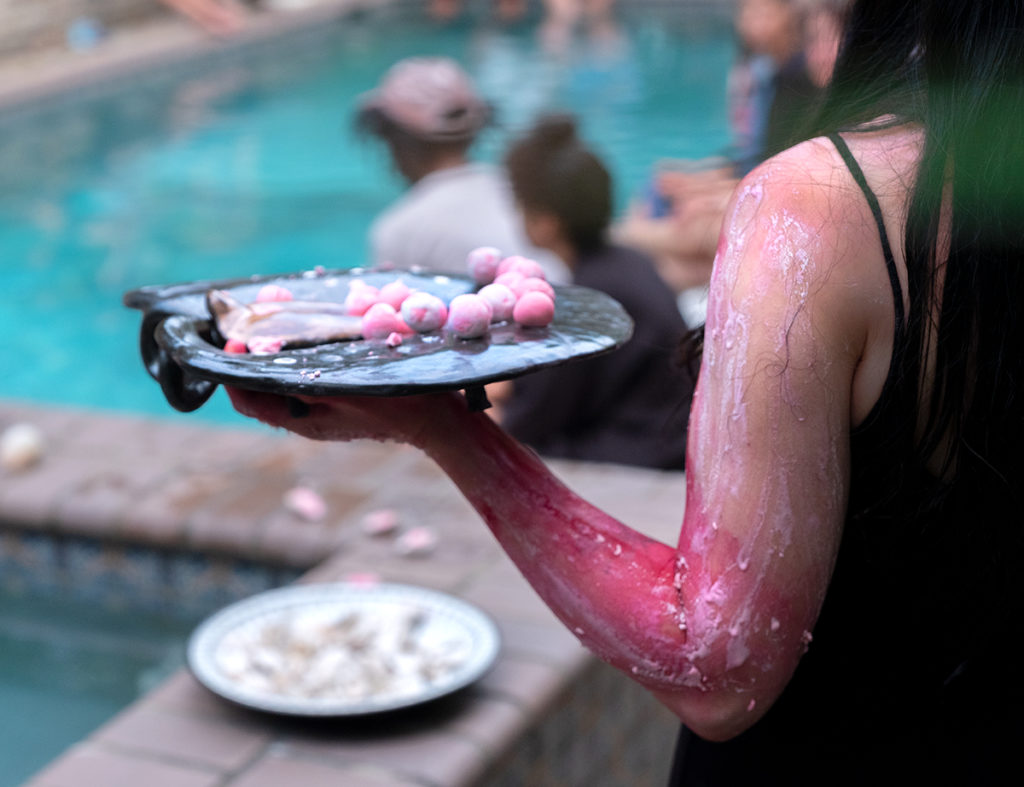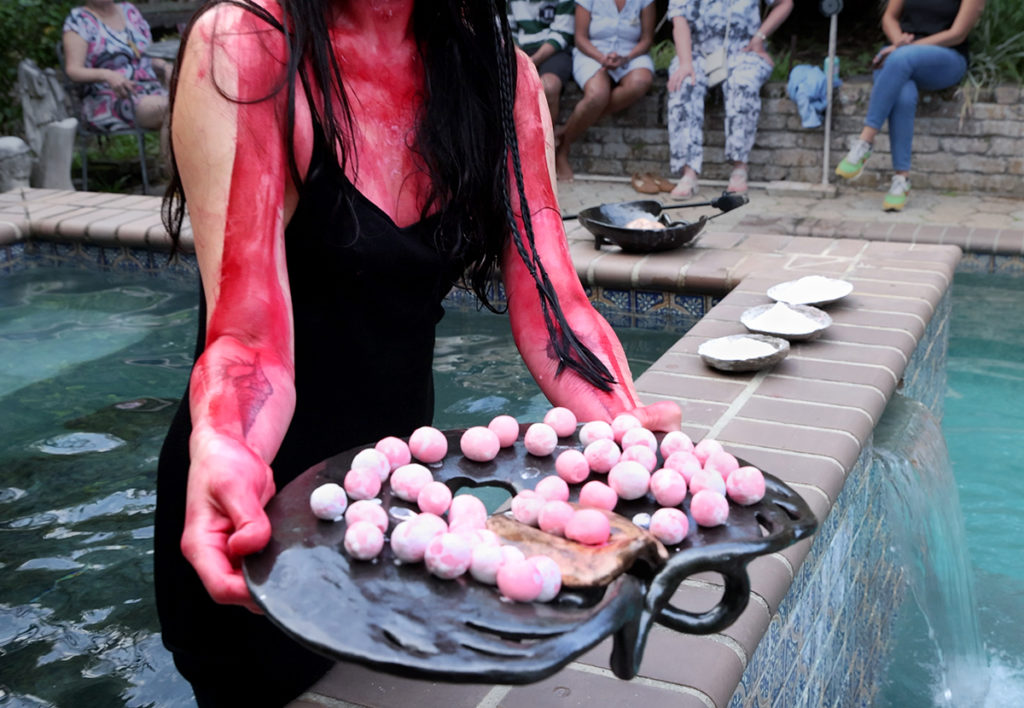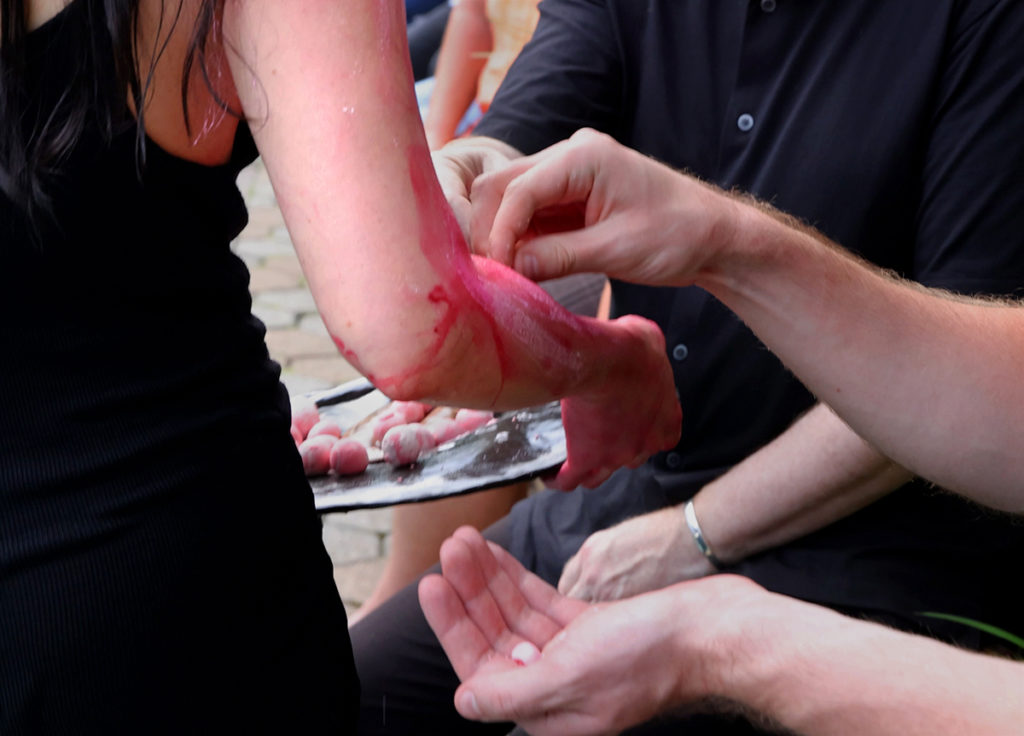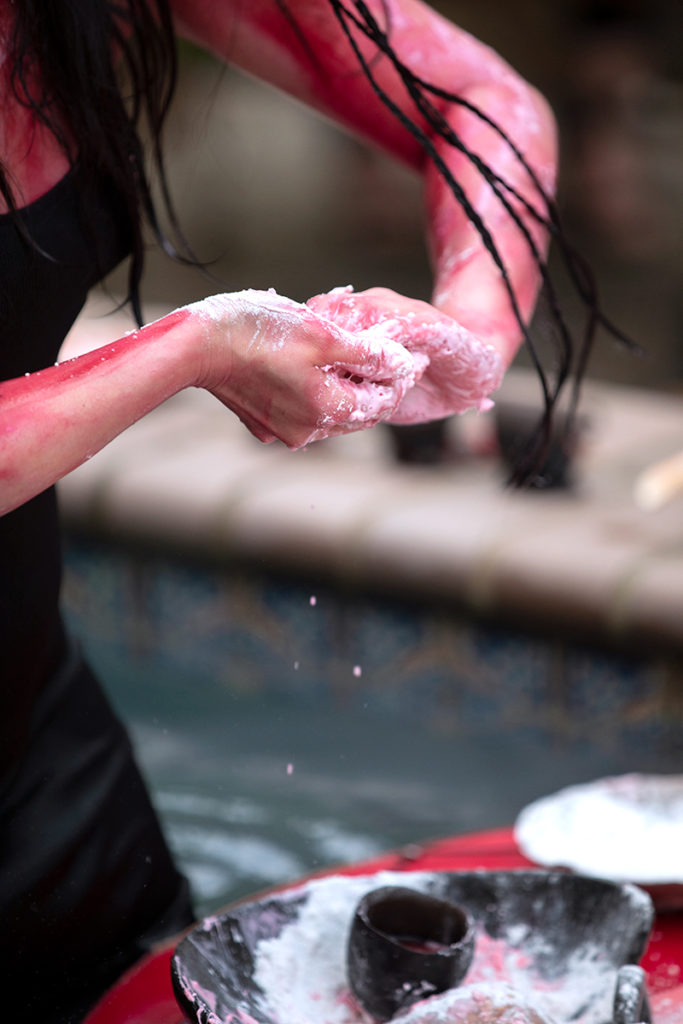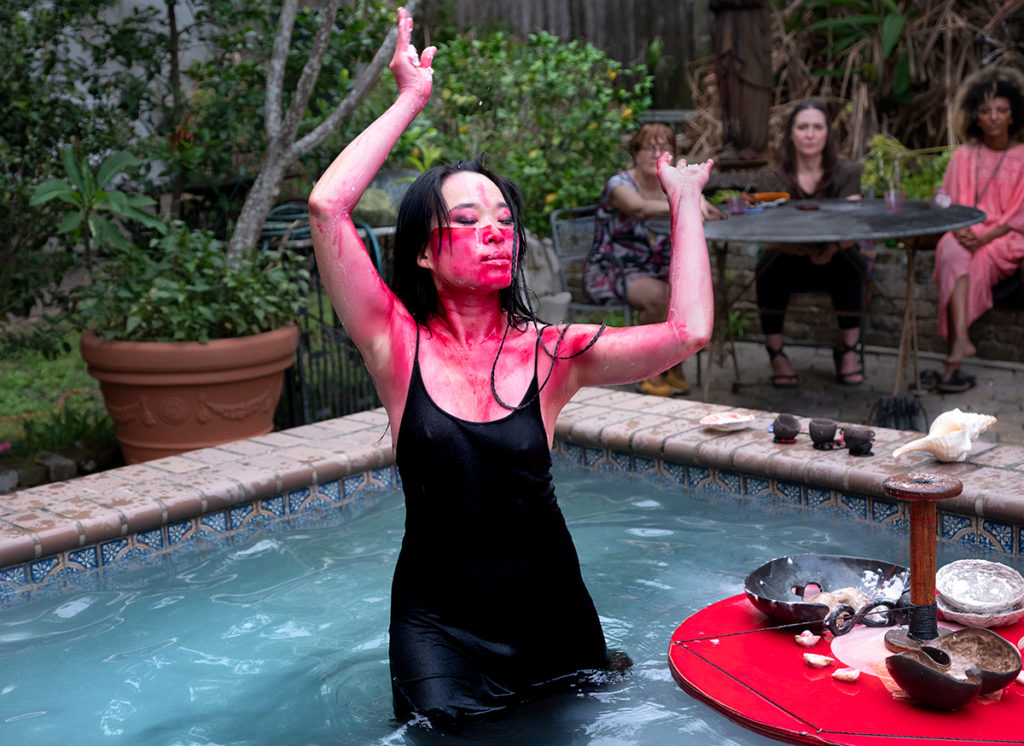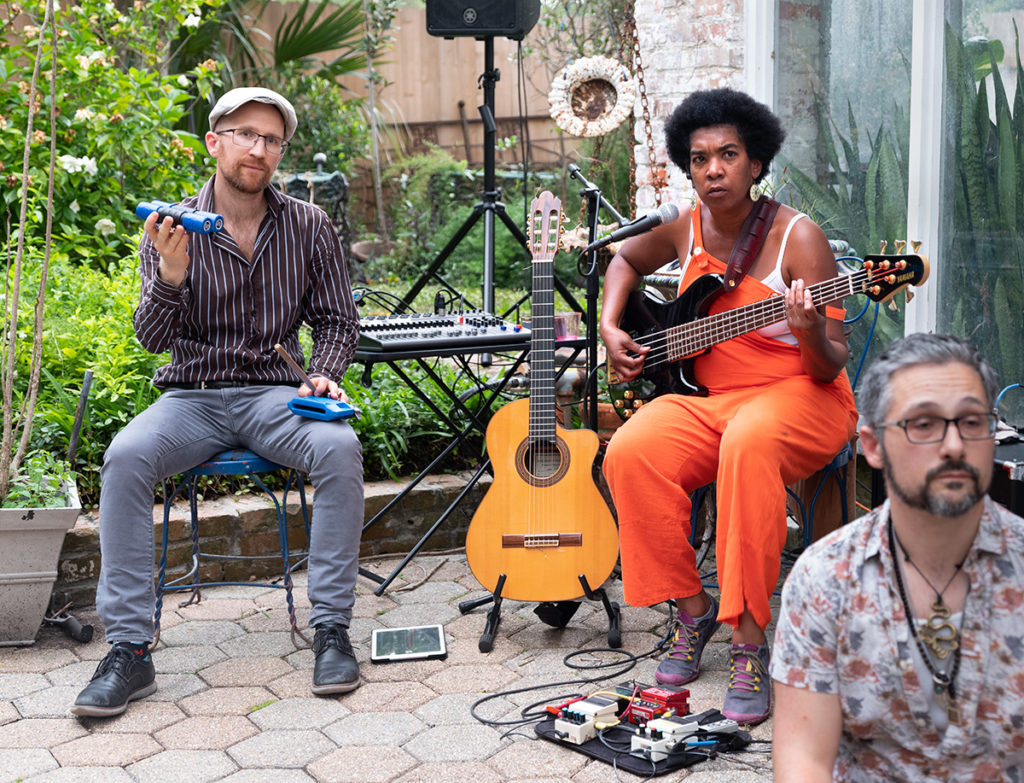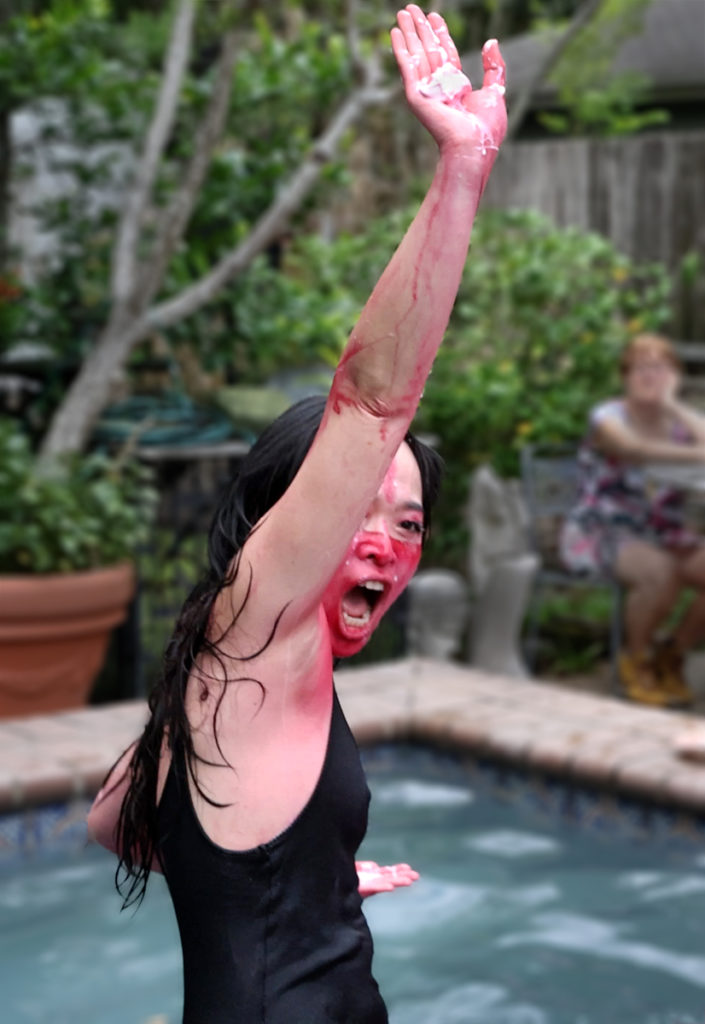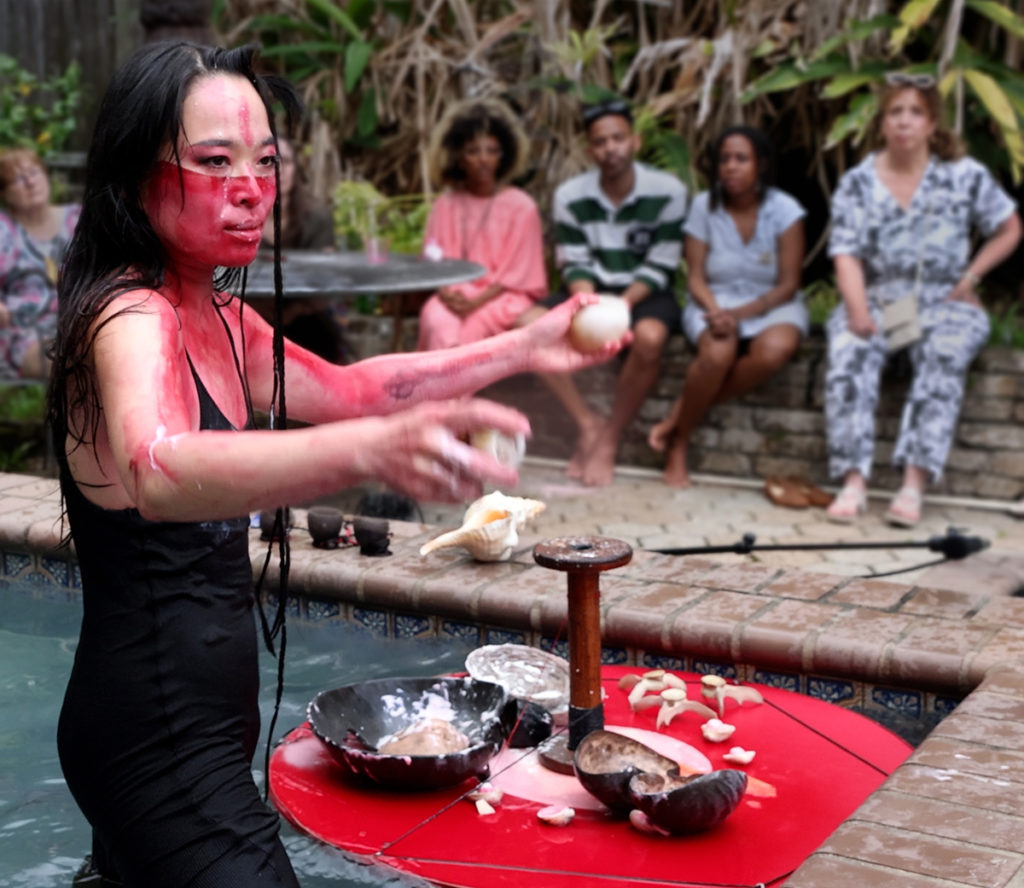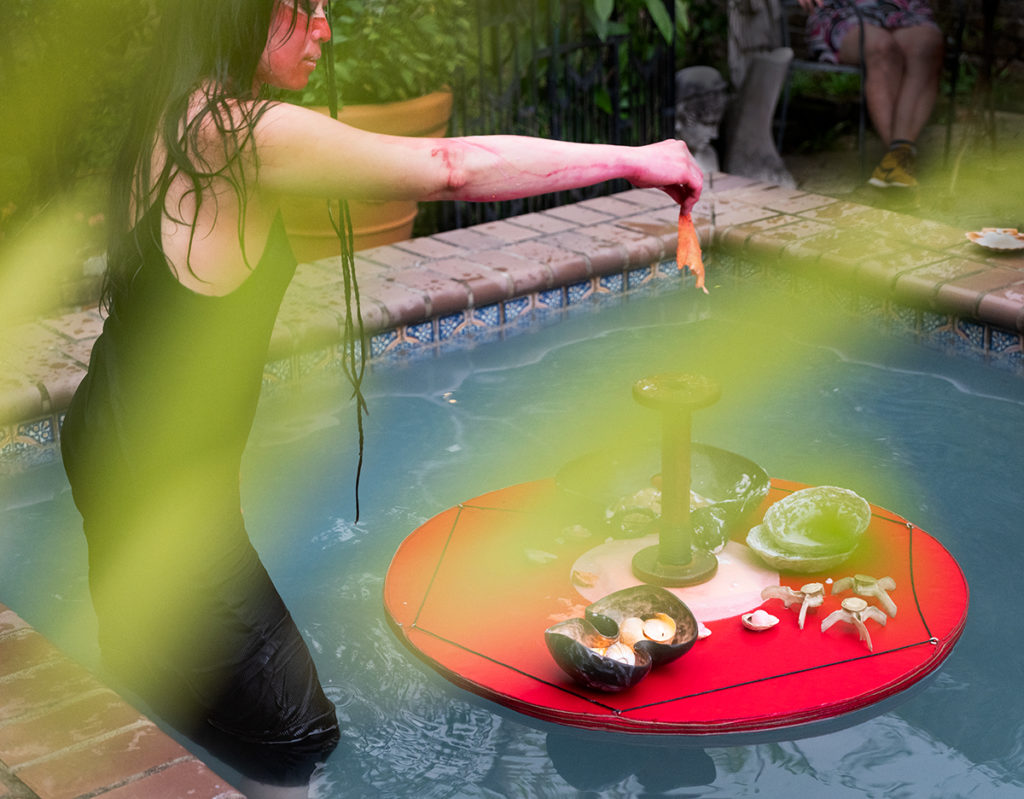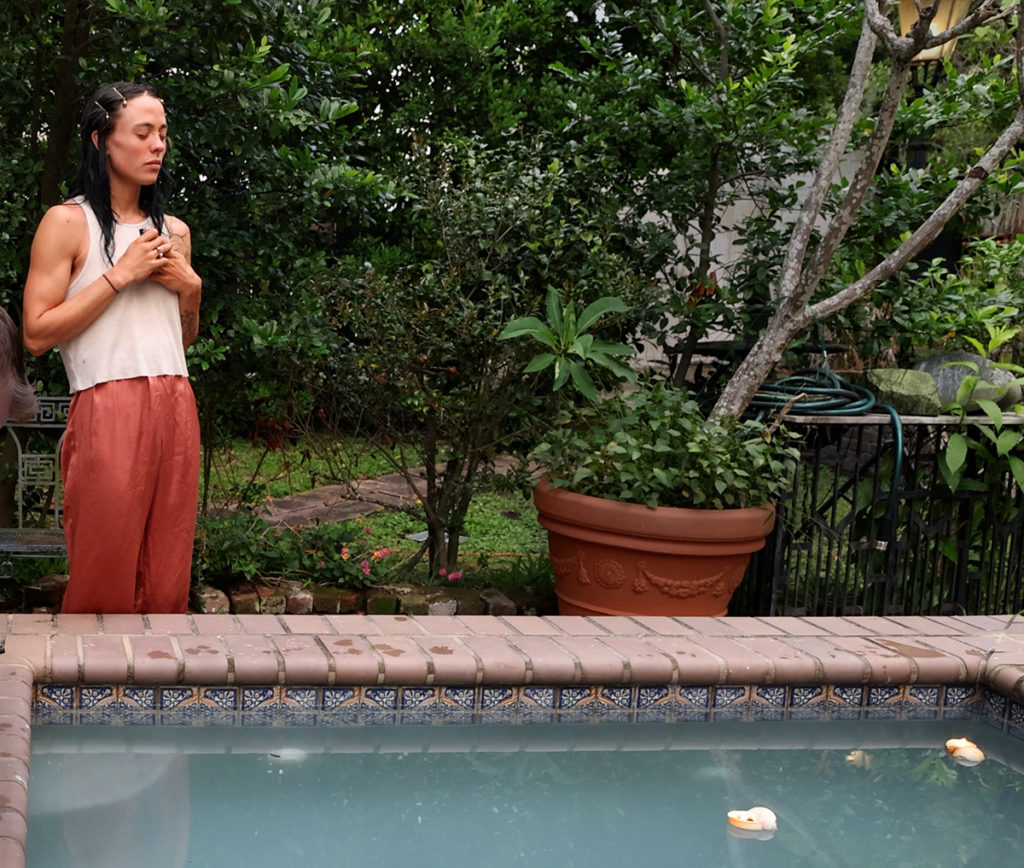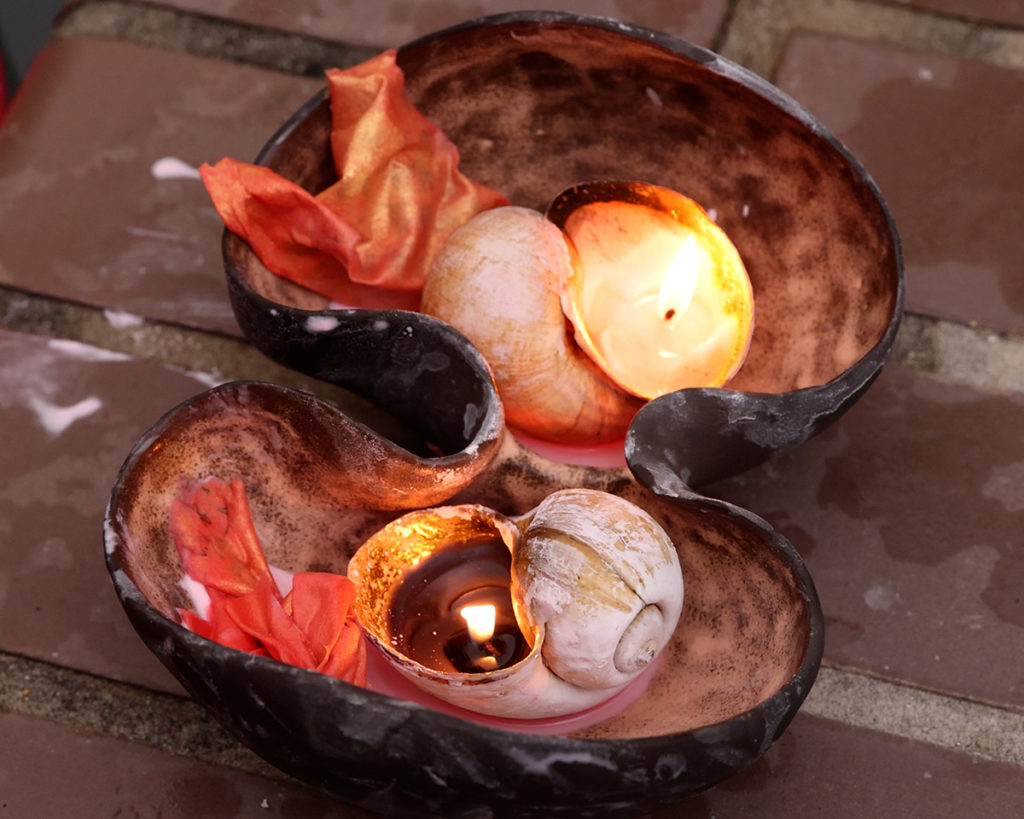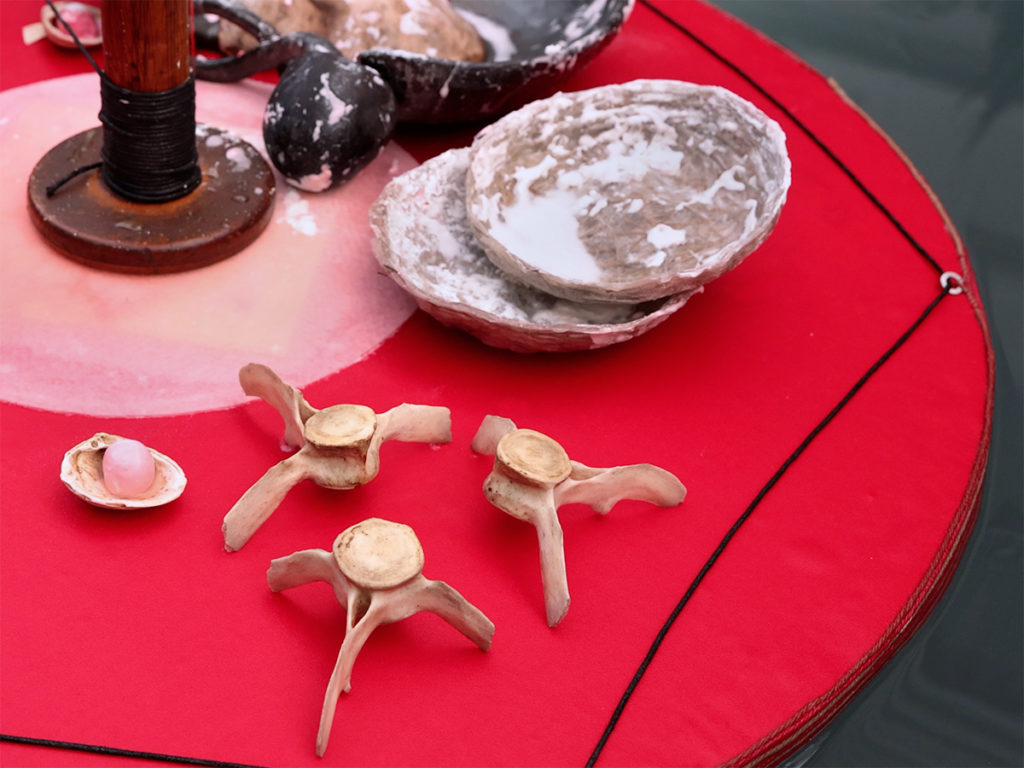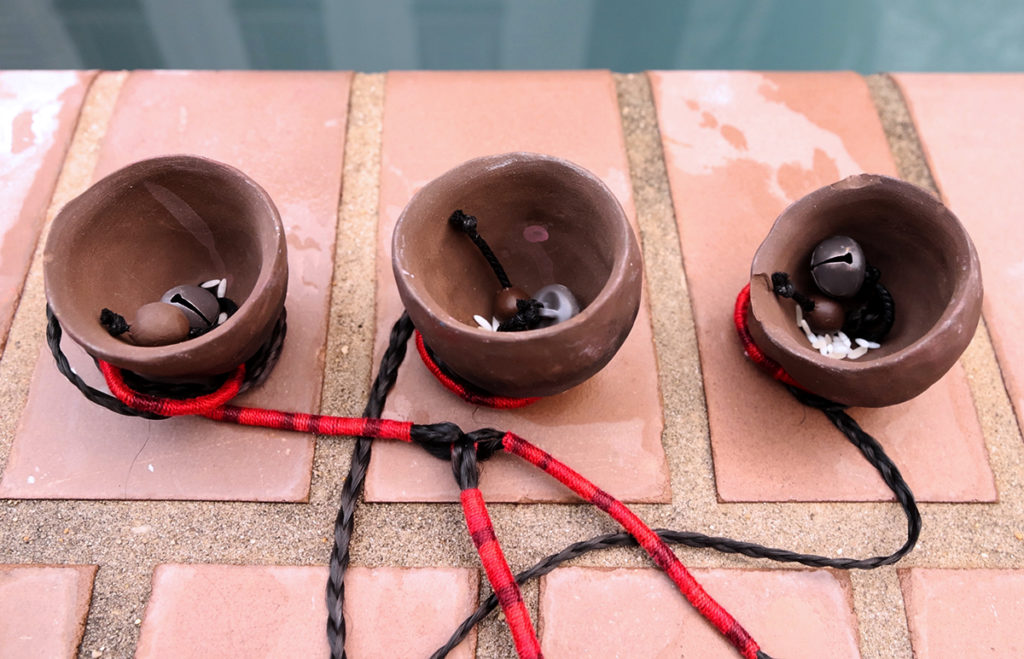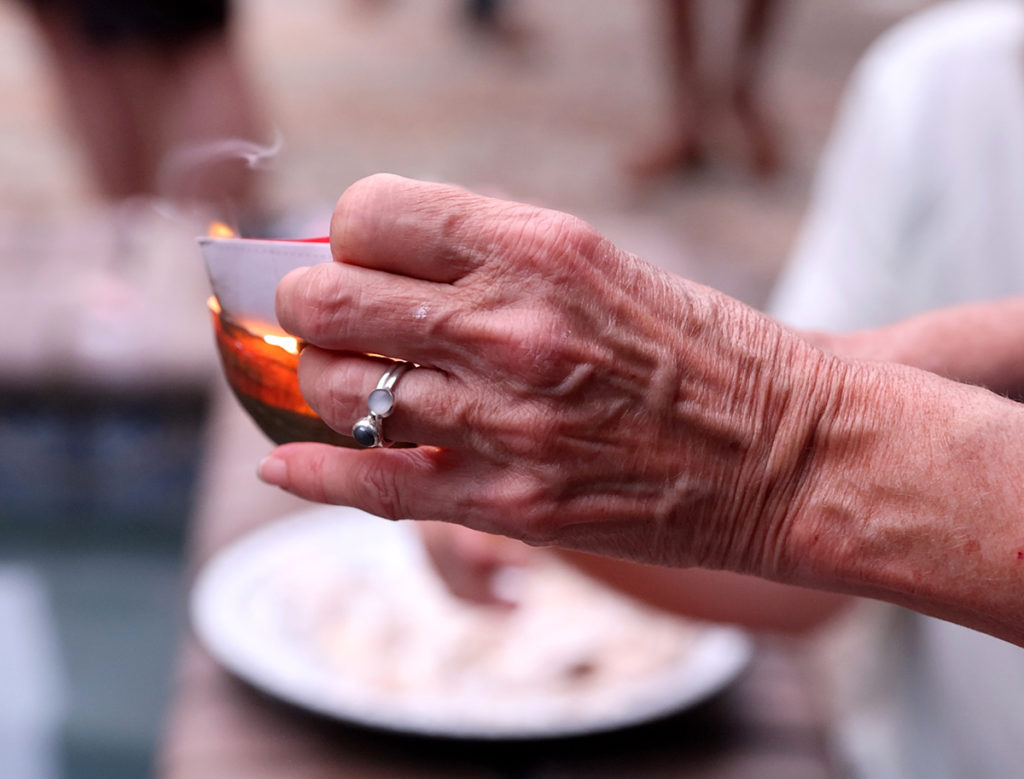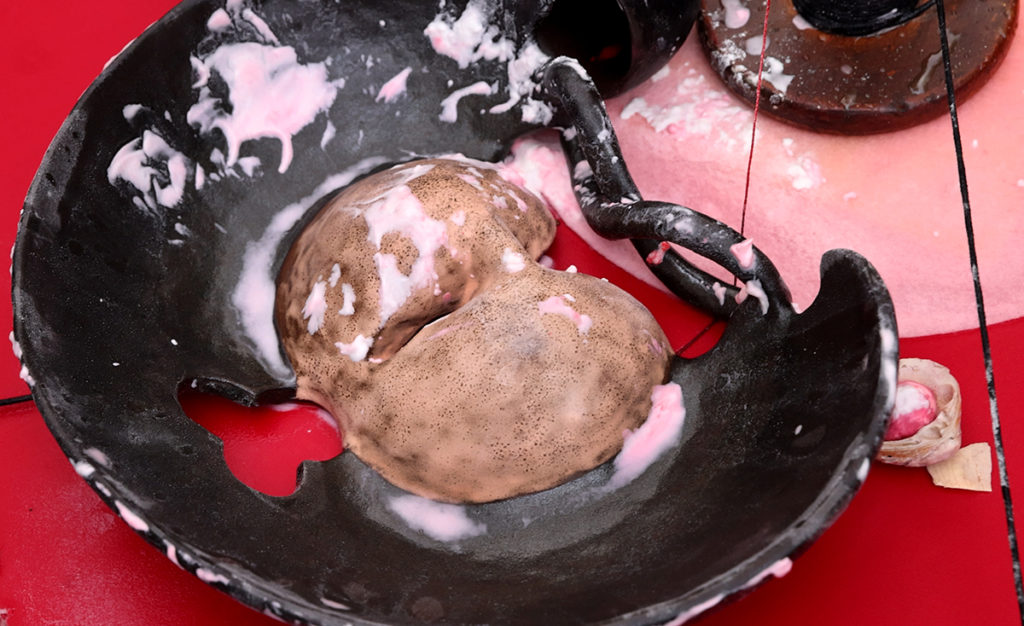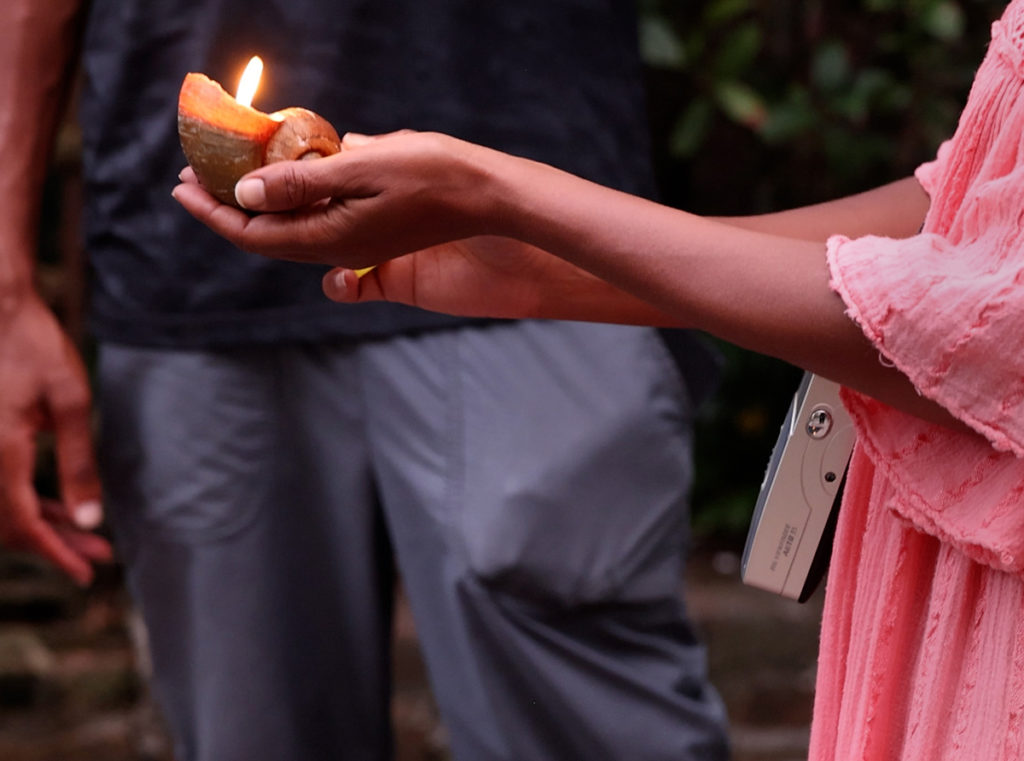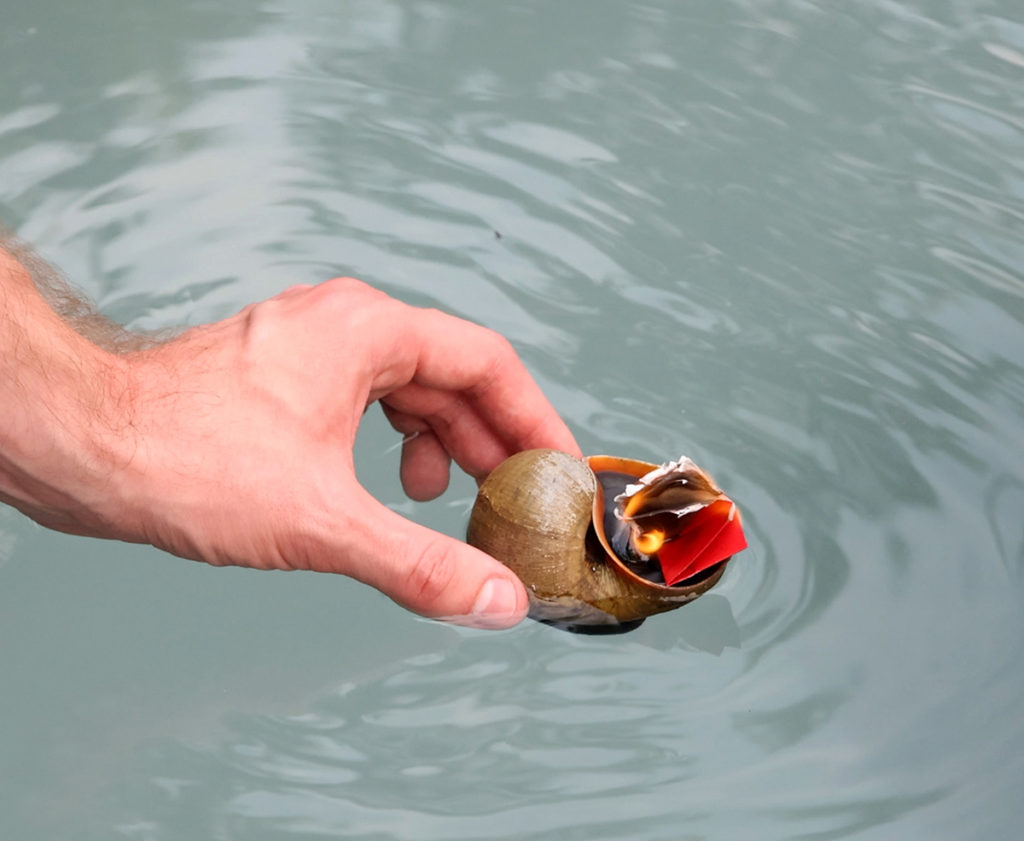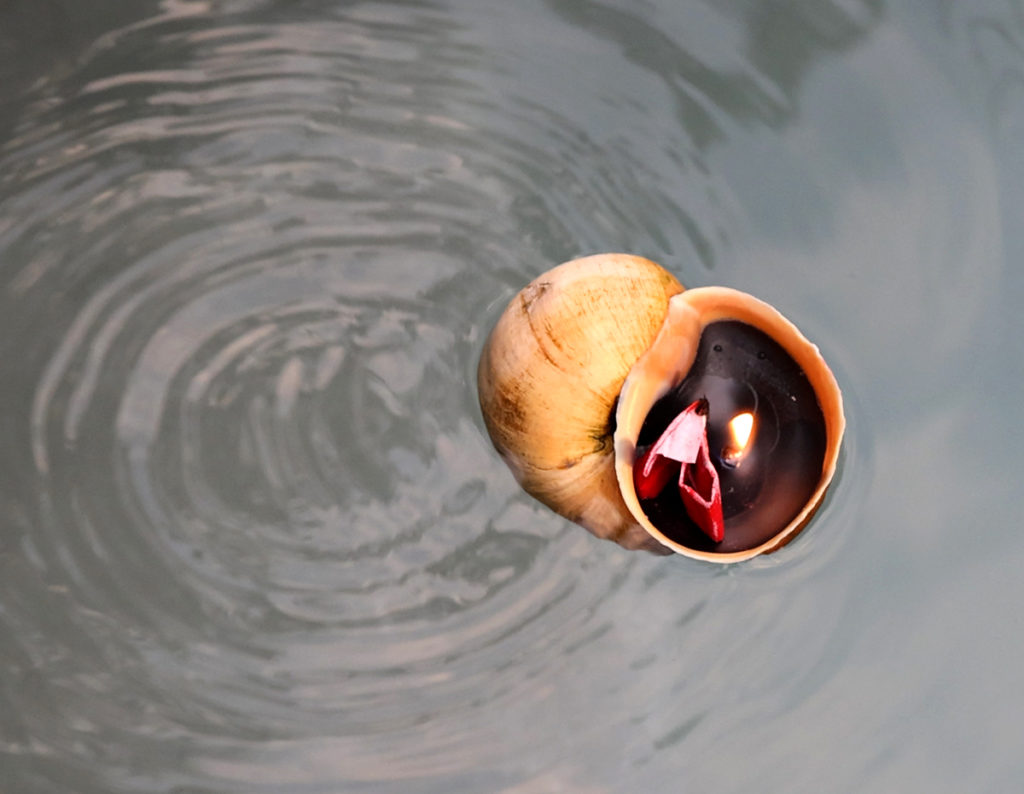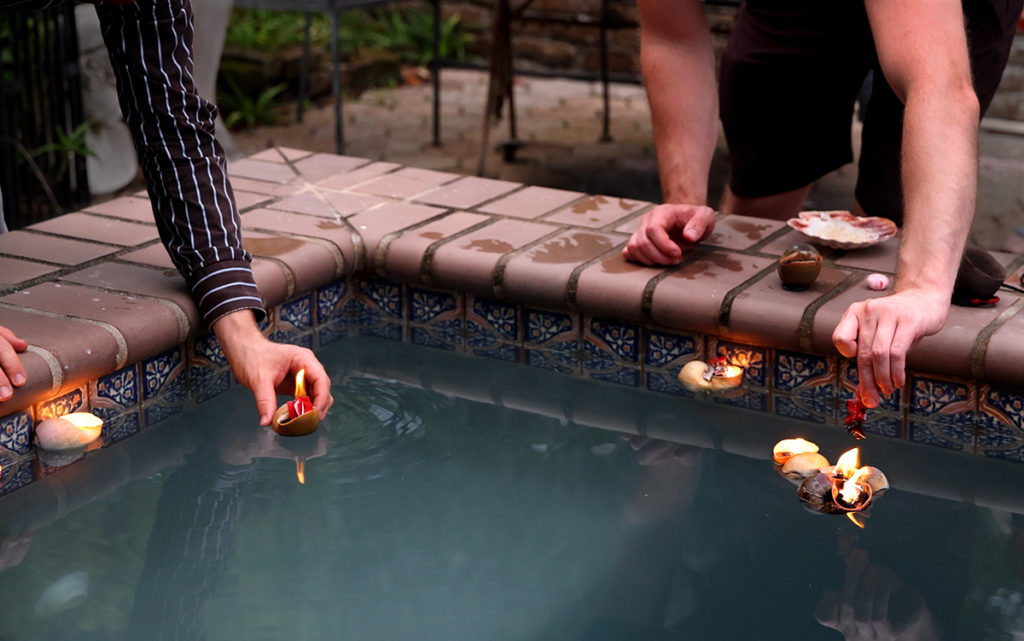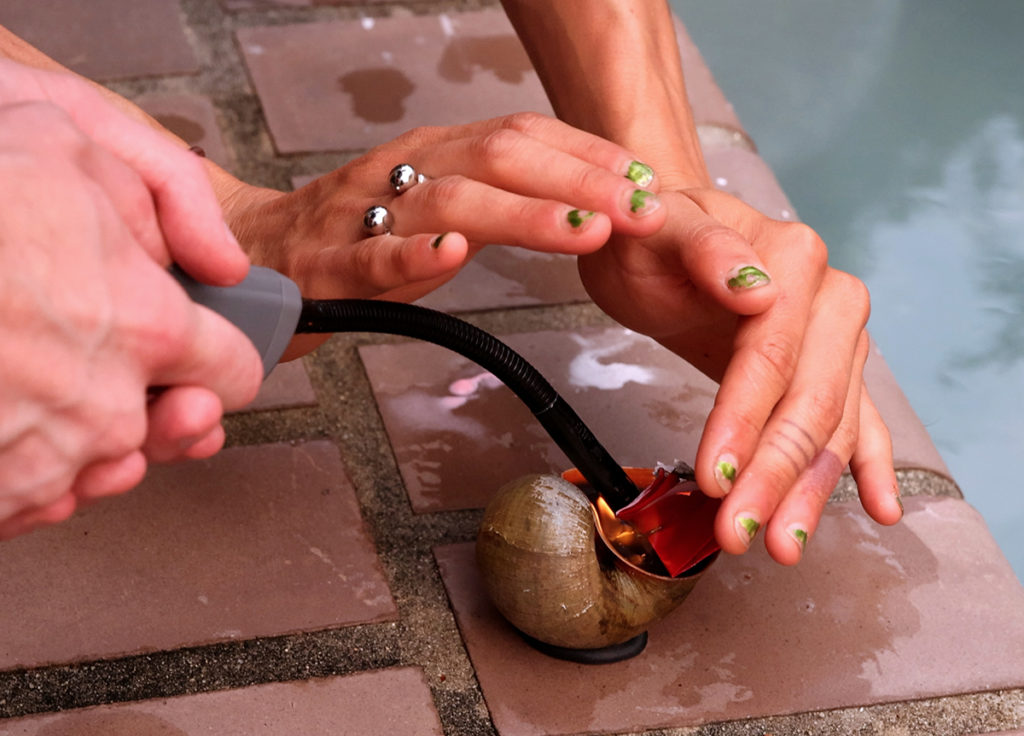înn-á-hue (Globe Amaranth) 圓仔花
Title: înn-á-hue (Globe Amaranth)
Music Collaborator: Yusa
Location: Bultman House, New Orleans, Louisianna, USA
Time: May 21st. Sun. 6:00 pm - 8:00 pm
înn-á-hue is a participatory performance praising the earth and female sexuality as sacred. The ritual opens a dialogue between Eastern and African impermanence philosophies and animism spirituality within the context of urban life. The event delivers a non-linear story about femininity, fertility, and beauty; And celebrates water, life, and the interconnectedness of all beings.
I incorporated the tradition of the Chinese Qixi Festival, where women set up altars under the moon, offering needles, threads, fruits, rouge, and powder to worship the Weaver Star. Threading needles under the moonlight symbolizes future skilled craftsmanship. My collaborator, Yusa, and I intertwined our tangible and intangible offerings to the Ochun River deity and Yemoja water spirit to heal and liberate each other and the participants.
Symbolism is subject to invention and can be obscured by cultural biases and systemic control.
"înn-á-hue" comes from a Taiwanese saying my grandmother used to repeat: "大紅花毋知䆀,圓仔花䆀毋知". It means: "The big red flower doesn't know it's ugly, the Globe Amaranth is ugly but unaware." It meant to shame people unaware of their ugliness yet flaunt themselves around. This piece reflects on the societal contradictions regarding female beauty, it’s both desirable and fearful, and the standards are imposed to suppress non-conforming beauty.
名稱:圓仔花
年代:2023
材質:特製器具、福壽螺蠟燭、現場搓湯圓、半即性表演與音樂
地點:美國紐奧良Bultman House
尺寸:45分鐘儀式表演、45分鐘民眾祈福現場活動
台灣和古巴在國際政治、民族、與身份認同上存在蠻大程度的相似衝突。本作品邀請葛萊美獎獲獎人、古巴知名音樂家Yusa,一起創作參與式的儀式表演。圓仔花強調地球和女性的神性價值,旨在資本主義的都市環境裡,開啟東方佛道無常的哲學觀與非洲泛靈信仰精神性的對話。這場活動使用聲音和肢體,回歸並傳達了一個後殖民時代關於女性、生殖力、美、和愛的非線性敘事。
活動邀請民眾共同慶祝水的賜予和力量、強調生命週期循環不止,擁抱天地間所有存在的緊密關聯。這件作品使用了乞巧節的傳統,婦女們在月下設香案,備針線、花生、瓜果、凸粉、胭脂等祭拜織女及牛郎星。 祭畢向月引線穿針,若能穿進去,表示以後會有好手藝;活動結束後,向天拋凸粉讓粉落在自己的臉上,象徵以後會有好美貌。其中音樂元素靈感來自台灣民謠一隻小鳥哮啾啾、搖籃曲、和非洲掌管美和富饒的女河神Ochun,以及人性的母親與水神Yemoja的頌歌。
象徵符號在主流文化偏見與系統性的社會控制下是可被再創與模糊的。「圓仔花」的命名來自小時候我外婆講的俗諺:「大紅花毋知䆀,圓仔花䆀毋知」翻成中文就是說:朱槿不知自己醜,千日紅醜不自知。意在嘲諷人沒有察覺自己醜陋,還四處炫耀。我兒時聽到這句話充滿了疑惑與不舒服感,明明這兩種花都是美的,為何成為一種貶抑?時聞女人的美被比如花,紅色是女性的顏色,但這句俗諺卻批評美人不知羞恥的自我張揚。本作品反映社會對女性美的矛盾態度:它既被渴望又被畏懼,而標準則被用來壓抑不符合主流的美。
Video documentation: Cfreedom Photography
Video Editor: 藝易藝創有限公司
Photo documentation: Annie Flanagan
*Full version of video documentation available upon request. 完整影片請洽藝術家。
